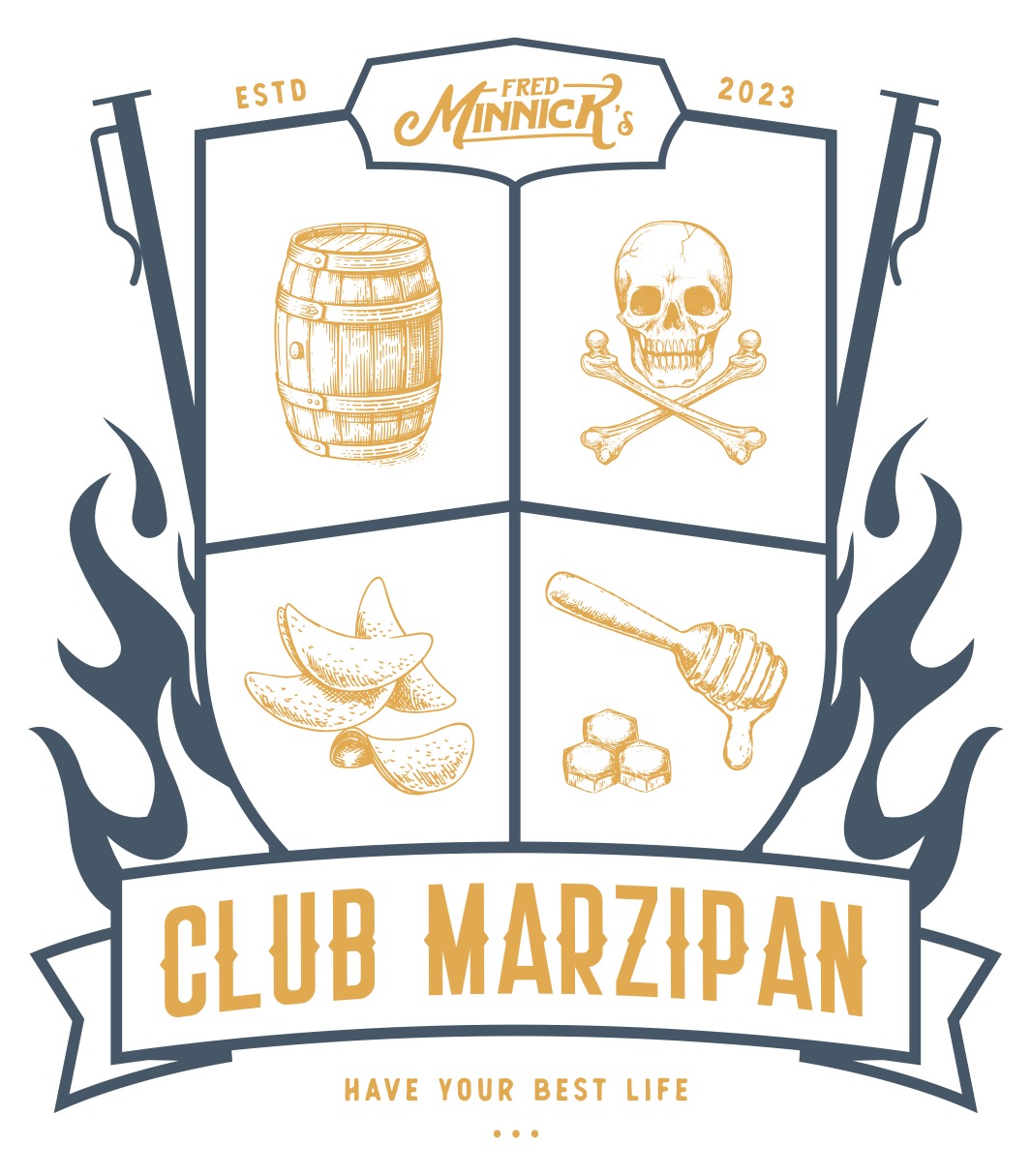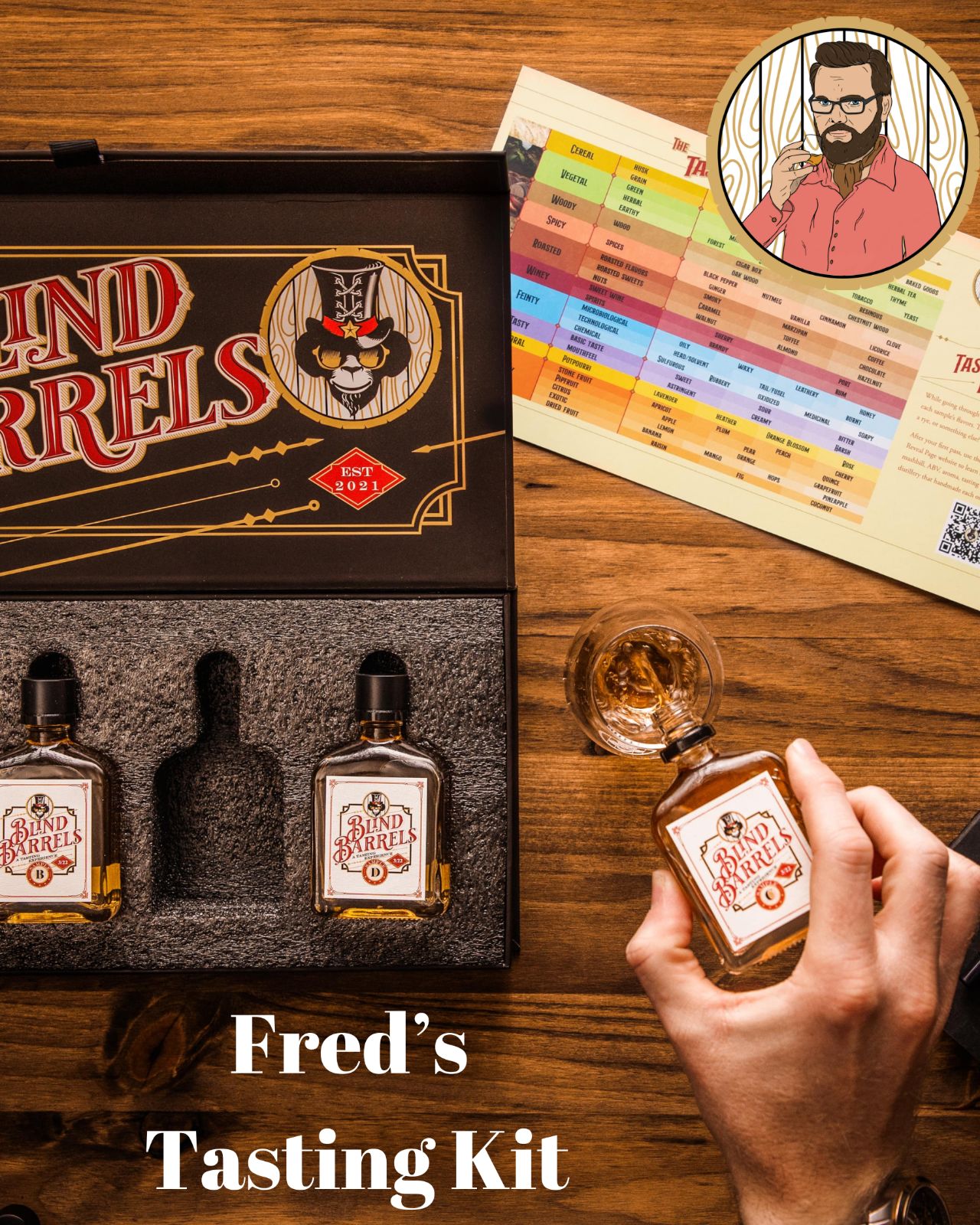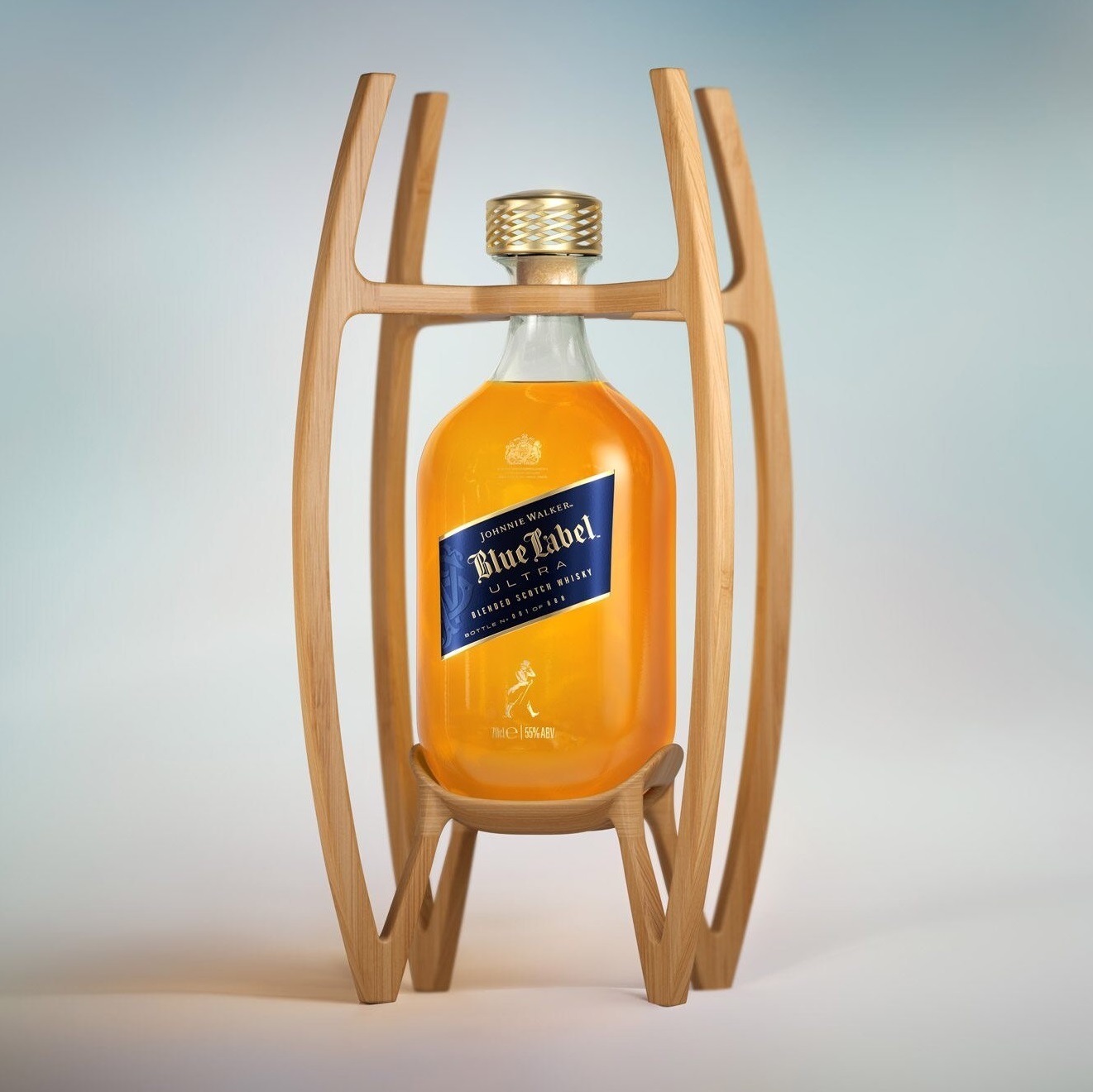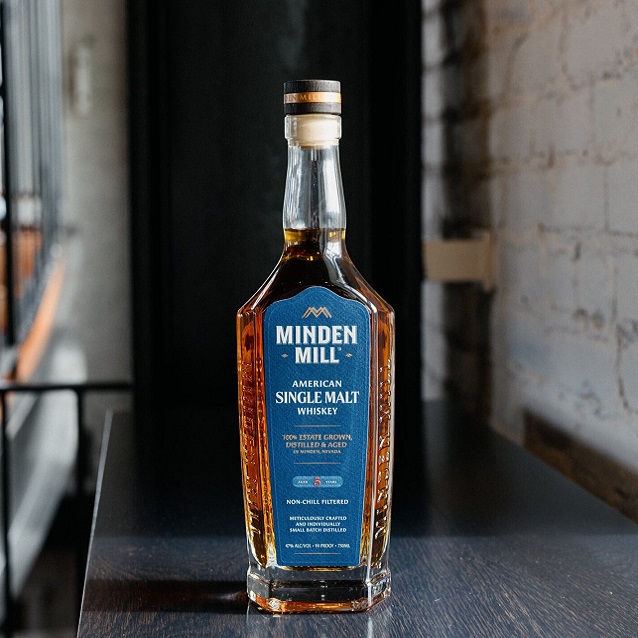Bourbon Tourism: Is it a Factory Tour or Napa Valley?
The Kentucky bourbon industry learned non-aficionado consumers think of a bourbon tour as a “factory tour.”
In focus groups funded by the Kentucky Department of Travel and Tourism, consumers from several cities offered new perspective on the Commonwealth’s “Bourbon Tourism” initiatives. The Commonwealth commissioned Illinois-based Rockpile Strategies to study focus groups in Illinois, Tennessee, Ohio and Indiana. The findings will be made public. Yesterday, I was invited to view the results along with representatives from the state’s visitor bureaus, distilleries, government officials and even wineries.
I learned the outside world views bourbon a lot differently than Whiskey Geeks.
A couple examples. The use of “America’s Native Spirit” when referring to bourbon made people think of a Native American drink instead of the 1964 Congressional declaration that made bourbon a unique product of the United States. One focus group member thought the “Bourbon Trail” might have had a historical connection to a moonshiner trail used to transport illegal whiskey. Hey, that sounds like a great story, but it’s not true. One test advertisement showing bourbon poured into a rocks glass incited this comment regarding visiting a bourbon distillery: “I am not looking for a vacation that is one big pub crawl.”
As to be expected, those who consider themselves aficionados can’t get enough of the bourbon distilleries or Kentucky. And those who have traveled through Kentucky want to come back to the state and some hope to visit the distilleries. But bourbon distillery visits were not a priority among those who don’t drink alcohol, those of certain religions or with kids.
The most pertinent piece of information, in my opinion, came from how these focus groups viewed the terms “Bourbon Trail” and “Bourbon Country.”
The Bourbon Trail was thought to be a pathway to distilleries, while Bourbon Country was a region with cultural heritage similar to Napa Valley. As one consumer said in the focus group, according to Rockpile: “The Trail goes through Bourbon Country.”
Why this is even significant is the Kentucky Distillers Association owns the trademark and promotes the Kentucky Bourbon Trail, which is a highly successful initiative with more than 700,000 visits and is coming up on its 20th anniversary. The Sazerac-owned distilleries are not KDA members; and thus, 1792 Barton and Buffalo Trace do not appear on Kentucky Bourbon Trail literature. This has led to lawsuits between Sazerac and the KDA. The Kentucky Bourbon Trail complaints have been settled, but the tensions are still there, as evident in the latest trademark objections.
The Louisville Convention and Visitors Bureau and other state tourism groups pursued the “Bourbon Country” marketing initiative in 2007 and has included the Sazerac brands as well as the KDA members.
To my knowledge, the state’s recent focus groups are the first study that showed both Bourbon Trail and Bourbon Country complement—rather than compete—one another. It’s a great step in the positive direction for Bourbon Tourism, but there’s a long way to go.
People who had no interest in bourbon simply asked: “Why would I want to take a factory tour?”
On one hand, people think of Kentucky bourbon as factory made. And on the other, consumers view bourbon in beautiful surroundings similar to Napa Valley.
So, is Bourbon Tourism a factory tour or Napa Valley?
From the state’s perspective, it’s trying to appeal to the masses, and they’re selling Kentucky’s great landscape, bourbon, horses and the people. Bourbon is a mere slice of its tourism pie.
Until yesterday, I did not realize just how niche bourbon really is. It’s time to change that. It’s time for outsiders to understand that the so-called factory tour embodies the best of America, with all the smells, views and authentic people that tourists desire on weekend or month-long getaways. Bourbon is not some liquor you pour over ice; it’s a lifestyle, listening to the authentic sounds of Bluegrass Music and watching the sunset over a ripe green field with young colts prancing and mares galloping.
And it’s not Napa Valley, where investors appeared after the 1970s winemakers earned significant international attention. Many of today’s bourbon buildings were built by hand in the 1800s, and the same families have run the companies since Prohibition. Through taxes and jobs, bourbon built Kentucky, schools and roads; it was here before Don Draper poured a whiskey on Mad Men; and it will be here if and when the Chicago hipster moves onto something else.
Bourbon isn’t a factory tour or Napa Valley.
Bourbon is genuine, filled with history, tastes, smells, laughable legends and good people. Nothing compares to Kentucky’s bourbon culture. And the only way to appreciate this fact is to experience it.
Fred Minnick is the author of Bourbon Curious and Whiskey Women.








